Space launches
Filters
Mission type: 🗙 Astrophysics | Communications | Dedicated Rideshare | Earth Science | Government/Top Secret | Human Exploration | Lunar Exploration | Mission Extension | Navigation | Resupply | Robotic Exploration | Space Situational Awareness | Technology | Test Flight | Tourism | Unknown
Vehicle: Ariane 62 | Ariane 64 | Atlas V 551 | Atlas V N22 | Electron | Falcon 9 Block 5 | Falcon Heavy | Firefly Alpha | Gaganyaan Abort Test Booster | GSLV Mk. II | H3-22 | H3-30 | HANBIT-Nano | Launch Vehicle Mark-3 (GSLV Mk III) | Long March 3B/E | Long March 7A | Long March 8A | Minotaur IV | Neutron | New Glenn | New Shepard | Pegasus XL | Proton-M Blok DM-03 | PSLV | PSLV XL | Soyuz 2.1a | Soyuz 2.1b Fregat | Soyuz 2.1b Fregat-M | Soyuz-5 | Space Launch System Block 1 | Spectrum | Starship V3 | Themis Demonstrator | Unknown Launch Vehicle | Vega-C | Vikram-I | Vulcan | Vulcan VC6L
Orbit: Elliptical Orbit | Geostationary Orbit | Geostationary Transfer Orbit | Geosynchronous Transfer Orbit | Low Earth Orbit | Lunar Orbit | Lunar flyby | Medium Earth Orbit | Polar Orbit | Suborbital | Sun-Synchronous Orbit | Unknown
02:30 Minute
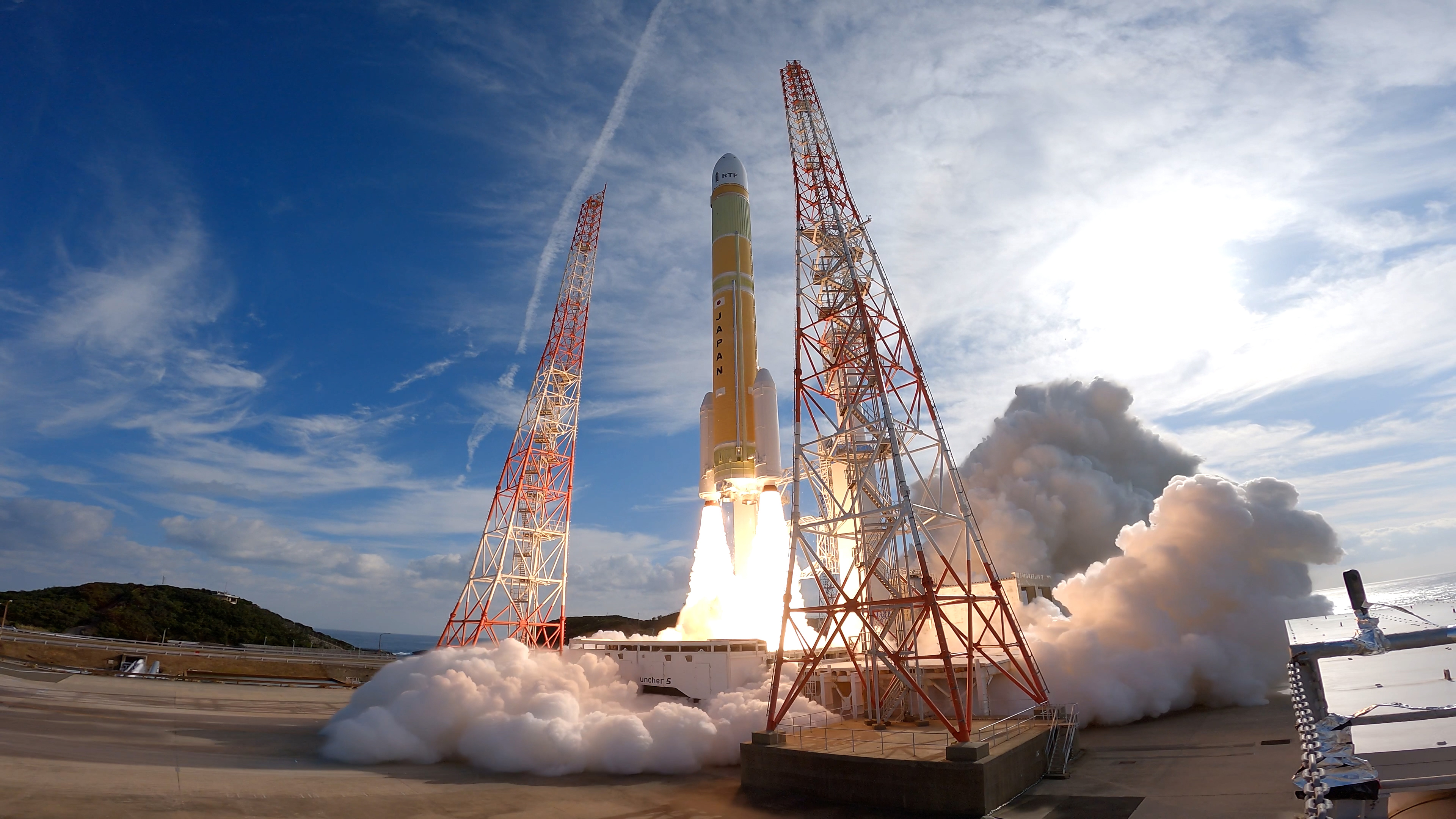
QZSS (Quasi Zenith Satellite System) is a Japanese satellite navigation system operating from inclined, elliptical geosynchronous orbits to achieve optimal high-elevation visibility in urban canyons and mountainous areas. The navigation system objective is to broadcast GPS-interoperable and augmentation signals as well as original Japanese (QZSS) signals from a three-spacecraft constellation.
The navigation system objective is to broadcast GPS-interoperable and augmentation signals as well as original Japanese (QZSS) signals from a three-spacecraft constellation in inclined, elliptical geosynchronous orbits.
05:01 Minute
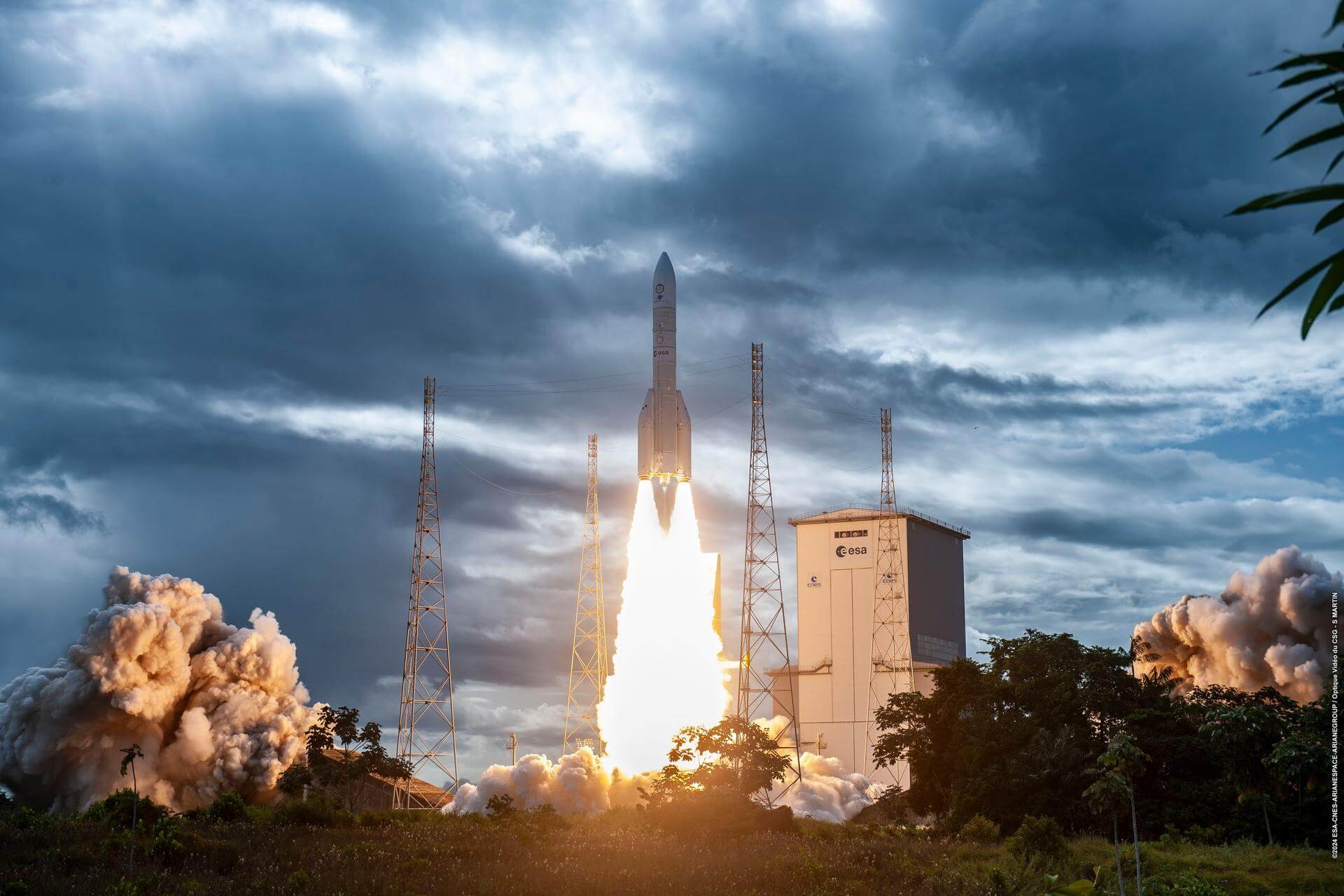
Payload consists of two satellites for Europe's Galileo navigation system.
Month
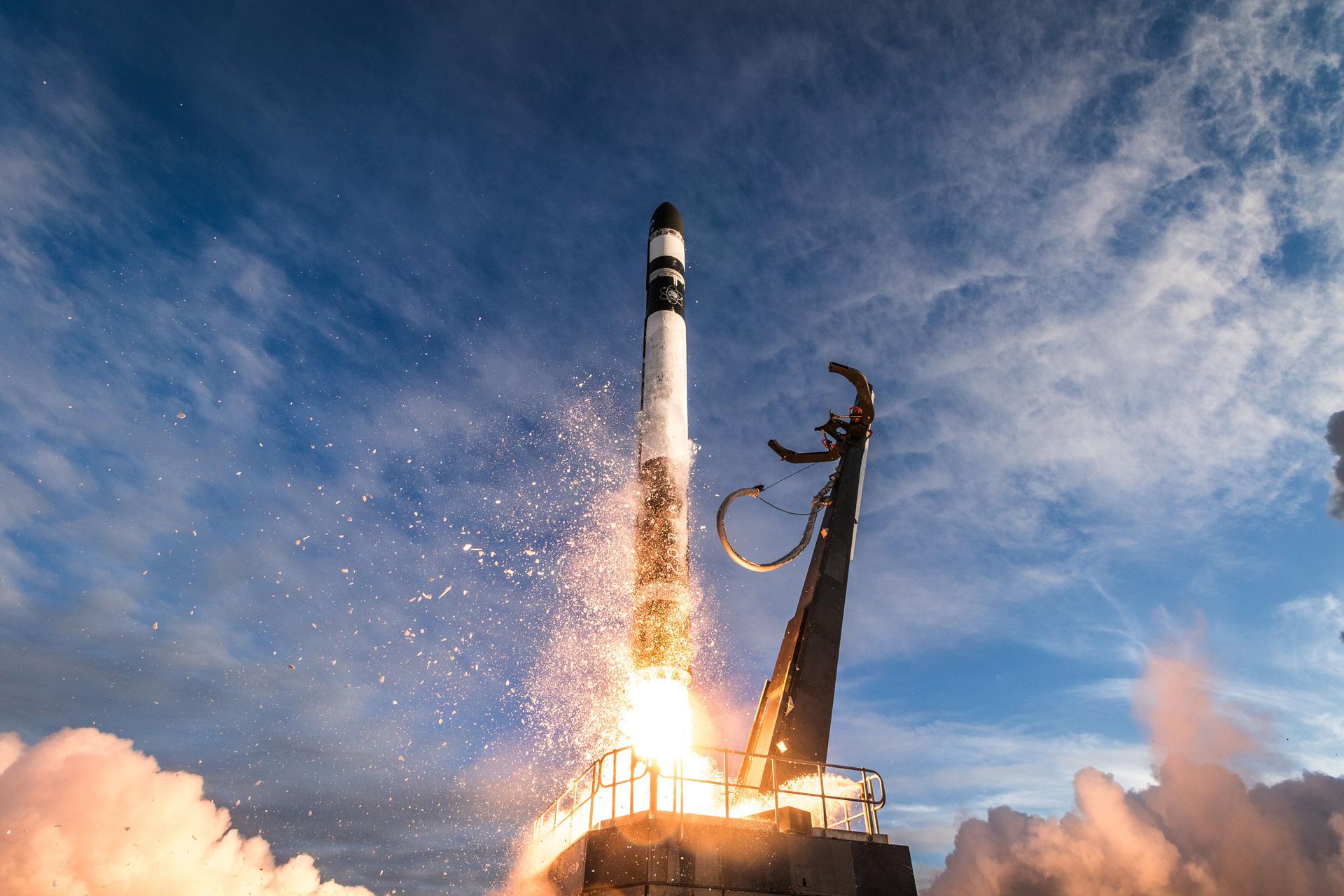
The European Space Agency (ESA)'s LEO-PNT (Low Earth Orbit Positioning, Navigation and Timing) demonstrator mission will feature a 10-satellite constellation demonstration mission that will assess how a low Earth orbit fleet of satellites can work in combination with the Galileo and EGNOS constellations in higher orbits that provide Europe’s own global navigation system.
This launch will lift 2 “Pathfinder A” satellites built by Thales Alenia Space and GMV to a 510 km altitude Low Earth Orbit.
Year

QZSS (Quasi Zenith Satellite System) is a Japanese satellite navigation system operating from inclined, elliptical geosynchronous orbits to achieve optimal high-elevation visibility in urban canyons and mountainous areas. The navigation system objective is to broadcast GPS-interoperable and augmentation signals as well as original Japanese (QZSS) signals from a three-spacecraft constellation.
The navigation system objective is to broadcast GPS-interoperable and augmentation signals as well as original Japanese (QZSS) signals from a three-spacecraft constellation in inclined, elliptical geosynchronous orbits.
Year
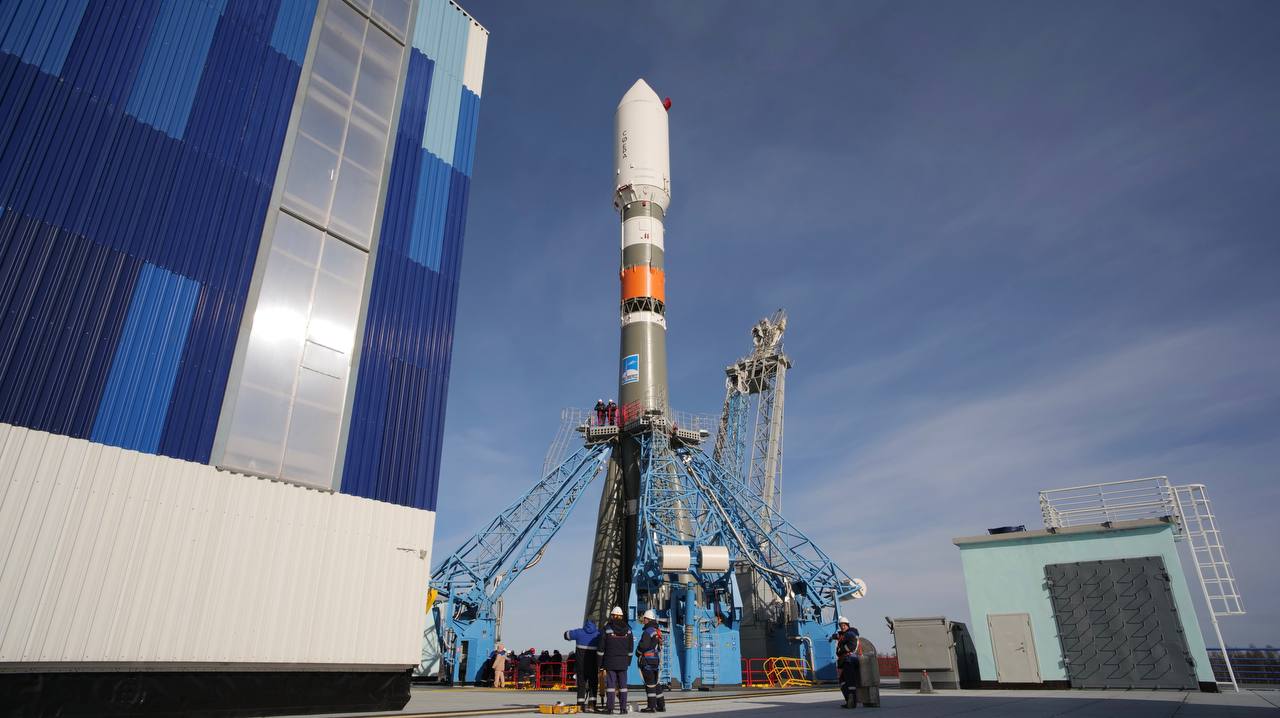
Glonass-K are the third generation of satellite design for GLONASS satellite navigation system. GLONASS is a Russian space-based navigation system comparable to the similar GPS and Galileo systems. This generation improves on accuracy, power consumption and design life. Each satellite is unpressurized and weighs 935 kg, and has an operational lifetime of 10 years.
Month
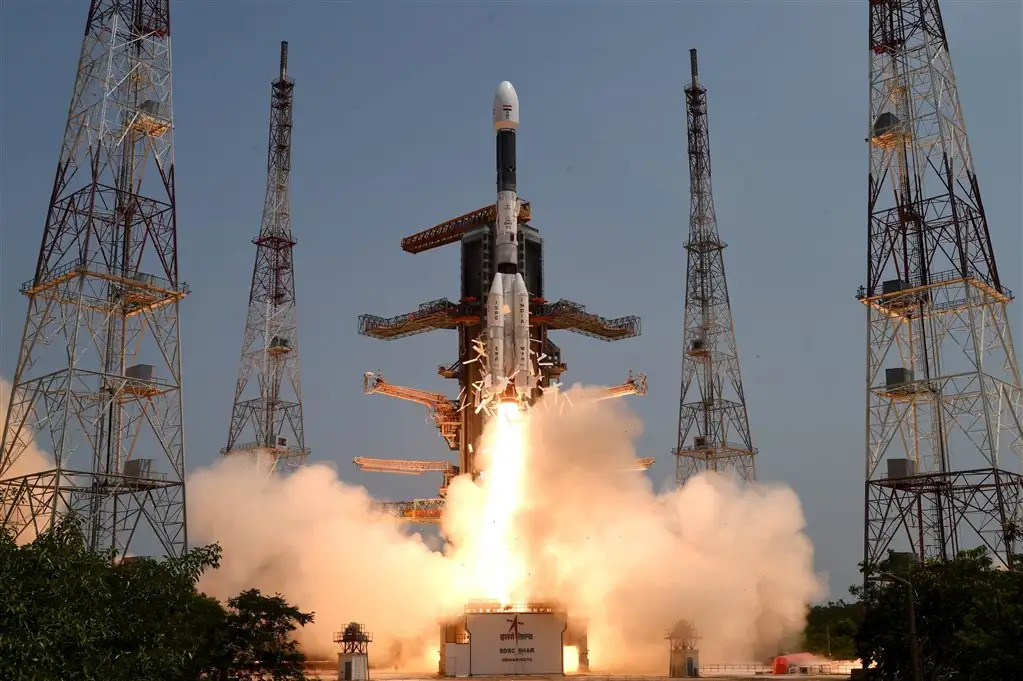
This is a replacement satellite for the Indian Regional Navigation Satellite System. The constellation will provide India with an alternative to GPS and will be used for military and civilian use. Located at a geosynchronous orbit, the system will be operated by the Indian government.
Quarter 1
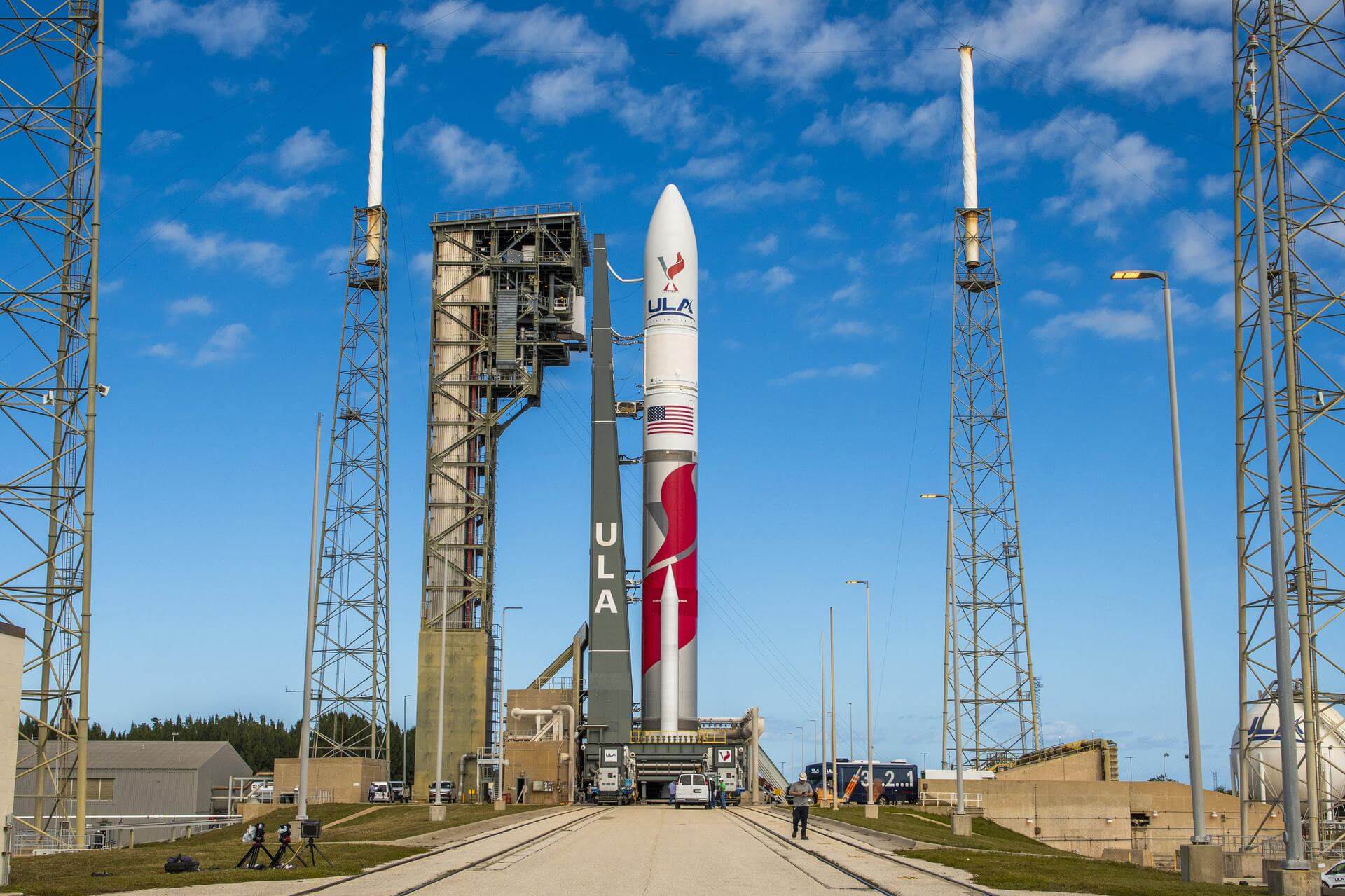
Ninth of ten GPS III missions.